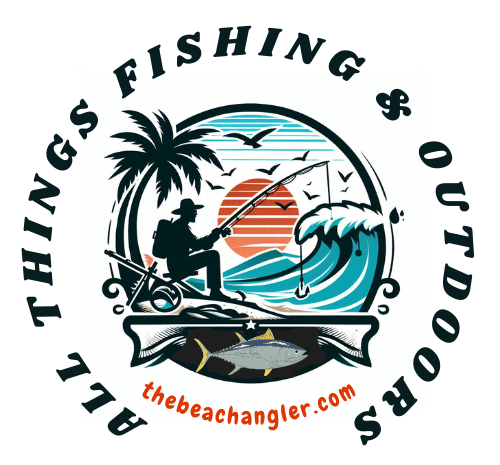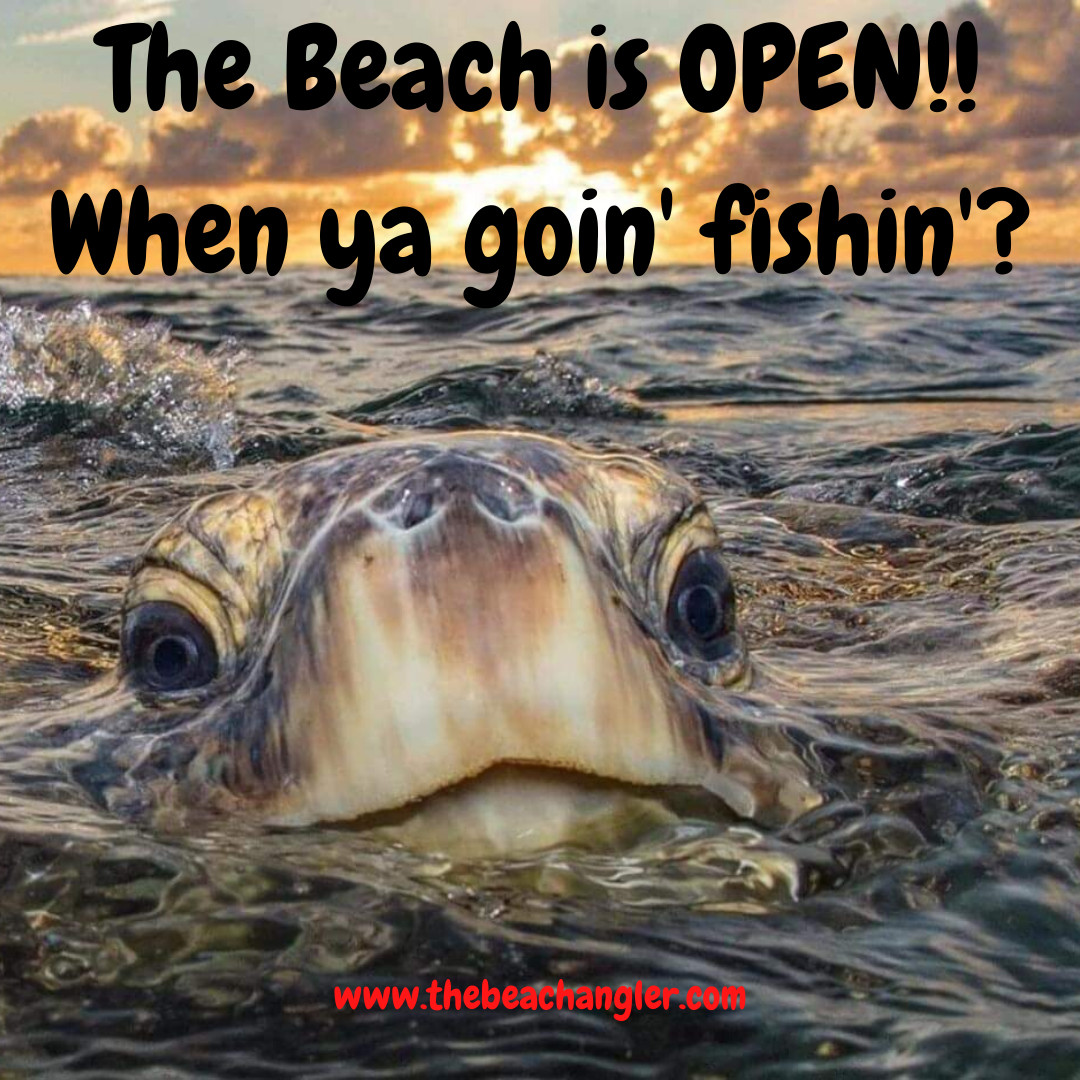Red drum, often referred to as redfish, have this fascinating mystery about them that reels anglers in season after season. They might not be the flashiest fish in the ocean, but their solid fight and savory taste make them a coveted catch for any fishing enthusiast. Known for their copper-bronze bodies and the distinct black spot on the base of their tail, they’re a charismatic presence in coastal waters.
QUICK LOOK Tips for Catching Red Drum
- Essential Gear: Diving into red drum fishing means gearing up the right way, and trust me, the setup matters. The fun begins with selecting a rod and reel that can withstand the challenges of saltwater fishing while offering the sensitivity needed for a successful catch.
- Select the Right Bait: Selecting the appropriate bait can really make or break your red drum fishing experience. When it comes to natural bait, live shrimp is the go-to option for many anglers. Now, for those who prefer crafting their catch with artificial lures, flexibility and choice are key.
- Choose Your Technique: Will it be sight fishing in clear waters, bottom fishing with bait in the surf, or fly fishing the back bays? Regardless of the technique you choose, remember that subtlety is your ally. Keep retrieves slow and methodical, with the occasional twitch to simulate fleeing prey.
- Pick Your Fishing Location: Shallow, grassy flats are prime real estate, providing cover and ample food. These areas are often where red drum actively hunt for shrimp, crabs, and small fish. Pay particular attention to areas where the water depth changes. Red drum are known to lurk along these edges, taking advantage of the depth change to sneak up on prey.
- Timing the Tides: Adjusting your strategy based on the tide cycle can make all the difference. Early morning and late afternoon tides often prove to be most productive, when the light is lower and fish are feeding more aggressively. Some locations become much more productive during certain tidal phases.
Now, let’s talk habitat. Red drum thrive in saltwater, usually along the Atlantic coast and in the Gulf of Mexico. They prefer shallow waters, where food is abundant, mostly in and around grassy flats. These areas provide not just protection but also a buffet of delicious treats. Their natural diet includes things like shrimp, small crabs, and tiny fish—a pretty balanced menu that makes them fairly opportunistic eaters.
It’s not just about the catch, though. Red drum play a vital role in the marine ecosystem. By keeping the populations of prey species like crabs and shrimp in check, they help maintain the balance within their habitat. Hence, understanding their role isn’t just useful for catching them—it’s crucial for conserving their environment, too. When you’re out there angling for red drum, you’re not just fishing; you’re part of a bigger picture, contributing to sustaining the ecosystem.
Essential Gear for Red Drum Fishing
Diving into red drum fishing means gearing up the right way, and trust me, the setup matters. The fun begins with selecting a rod and reel that can withstand the challenges of saltwater fishing while offering the sensitivity needed for a successful catch.
- A medium-light spinning rod paired with a quality saltwater reel often fits the bill perfectly, giving you a nice balance between power and finesse.
- Let’s talk about lines. In the world of fishing, braided lines get a consistent nod of approval, especially when targeting red drum. The strength and lack of stretch in braid lines set them apart, ensuring a good connection between you and your catch. Feeling those subtle nibbles is crucial, and a braided line does an excellent job of transmitting those vibes back to you.
- As for tackle, your choices should be guided by the techniques you’re planning to use. If you’re leaning toward using live bait, then hooks and popping corks are a must-have in your tackle box.
- Alternatively, for those hooked on using artificial lures, incorporating weedless gold spoons or jigs can add a versatile dimension to your angling arsenal. The key is to align your tackle with the technique—ensuring you have what you need when you hit the water.
- Lastly, always have a pair of polarized sunglasses with you. Not just for the cool factor, but because they’ll help you spot fish below the water’s surface, especially in those sunny shallow waters where red drums love to roam.
Preparation and the right gear get you one step closer to an epic day on the water.
Choosing the Right Bait: Natural and Artificial
Selecting the appropriate bait can really make or break your red drum fishing experience. When it comes to natural bait, live shrimp is the go-to option for many anglers. There’s something about the liveliness of shrimp under a popping cork that draws red drum in like a magnet. That distinct popping sound mimics their natural prey’s movements, sparking their curiosity and appetite.
If shrimp isn’t catching their eye—or maybe just to switch things up—small crabs offer another natural option. They’re readily available and can be as effective as shrimp, especially in certain locations where crabs naturally abound. Finger mullet or pieces of cut bait can also work wonders, particularly in regions where these are part of the red drum’s regular diet.
Now, for those who prefer crafting their catch with artificial lures, flexibility and choice are key. Weedless gold spoons are a top pick due to their flashiness and ease of use in grassy environments. Pair these with a slow retrieve to mimic a wounded baitfish, and you’re likely to trigger a bite.
Soft plastic shrimp imitations also prove their worth, especially when attached to jig heads. Bouncing these along the bottom can create a very lifelike action that can fool even the wariest red drum. The lure’s movement across the seabed can easily mimic a shrimp scuttling away, triggering that irresistible instinct. Incorporating both natural and artificial baits into your strategy not only broadens your options but increases your chances of a rewarding fishing trip.
Mastering Techniques: From Sight Fishing to Fly Fishing
Crafting your technique can significantly impact your success when it comes to reeling in red drum.
- Sight fishing is a popular and rewarding method, especially in clear waters. When you spot the telltale signs of tailing red drum—those subtle disturbances on the water’s surface—it’s time to showcase precision casting. The goal is to get your bait, whether live or artificial, right in front of them without spooking them.
- Another technique to consider is bottom fishing, which is especially effective for targeting the larger bull red drum. This involves using a Carolina rig to get your bait deeper. The heavier weight helps anchor your bait in place, making it more enticing to bottom-dwelling fish.
- For those seeking an extra challenge, or maybe just a change of pace, fly fishing opens a whole new world of opportunity. Selecting large, shrimp-like flies and casting in shallow waters where red drum frequent can be both challenging and thrilling. Fly fishing demands patience and precision, but landing a red drum using this method is an achievement of its own.
Regardless of the technique you choose, remember that subtlety is your ally. Keep retrieves slow and methodical, with the occasional twitch to simulate fleeing prey. Casting near the edges of grass flats can also maximize your chances. Mastering these techniques takes time, but each approach offers a unique aspect of the red drum fishing experience.
Targeting the Perfect Location
Finding the right fishing spot is half the battle when it comes to catching red drum.
- Shallow, grassy flats are prime real estate, providing cover and ample food opportunities. These areas often serve as feeding grounds, where red drum actively hunt for shrimp, crabs, and small fish.
- Pay particular attention to areas where the water depth shifts. Red drum are known to lurk along these edges, taking advantage of the depth change to sneak up on prey. By casting near these transitional zones, you increase your chances of encountering these crafty fish.
- Grass edges deserve special recognition too. These natural borders create microhabitats with pockets of shade and varying current patterns, enticing for both prey and predators alike. Being near these edges allows red drum to ambush effectively, and knowing this can greatly improve your angling success.
- Exploring new spots during low tide can also be beneficial. This gives you the opportunity to identify structure and features that might later be submerged and hidden during high tide.
Knowing the layout can be your secret weapon when the water rises, as you can strategically position yourself in areas frequented by red drum.
Understanding tidal patterns is crucial when planning your red drum fishing trips. Tides affect fish behavior in a big way, and leveraging this can greatly boost your chances of a successful catch.
Incoming tide, in particular, can be a game changer. As water flows in, it brings with it an influx of food and oxygen-rich water, encouraging red drum to move into shallower areas to feed. This is prime time for anglers to find active fish, as they’re more likely to be in a feeding frenzy.
Adjusting your strategy based on the tide cycle can make all the difference. Early morning and late afternoon tides often prove to be most productive, when the light is lower and fish are feeding more aggressively. Timing your fishing around these periods can maximize your returns.
Remember, not every spot is created equal when the tide changes. Some locations become much more productive during certain tidal phases. Keeping a log of patterns and behaviors you observe over time will serve as a valuable resource, helping you know exactly where to be and when.
Rules, Ethics, and Safety in Red Drum Fishing
When you’re out chasing red drum, playing by the rules isn’t just good manners—it’s essential for preserving this prized fish for future generations. Local fishing regulations set specific size and bag limits on red drum, so it’s important to check these before you hit the water. Keeping only what you need, and releasing the rest, helps maintain populations for everyone to enjoy.
Fishing ethically means more than just observing limits. Practicing catch and release whenever possible, especially with larger specimens, ensures these fish can reproduce and sustain their numbers. Using the right gear, like circle hooks, can also decrease injury to the fish, improving their chances of survival after release.
Safety on the water is another key aspect to consider. Bringing along the right gear—like a personal flotation device, a well-stocked first-aid kit, and a reliable navigation system—can make all the difference in case of unexpected weather or emergencies. Keeping an eye on the weather forecast and tide charts ensures that your day on the water is both fun and safe.
Respect for fellow anglers and the natural environment also plays a huge role in ethical fishing practices. Ensure that no trash is left behind, and give other anglers enough space to enjoy their fishing experience. Observing these principles not only improves your fishing trips but helps to preserve the beauty and bounty of our natural waterways for everyone.
Check Out Our Most Recent Articles:
- Saltwater Fishing For King Salmon: 4 Top Strategies.
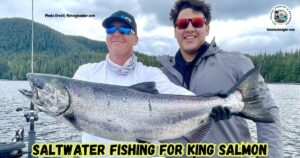
- 10 Advanced Features of the Penn Fathom Electric Reel Kit
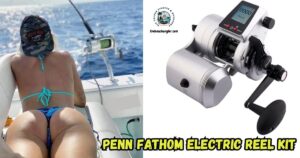
- Surf Fishing With Lucky Craft Lures
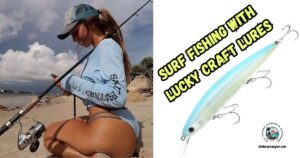
- 8 Features of the Minn Kota Kayak Terrova Trolling Motor

- Tips And Tactics For Saltwater Fishing With Spoons
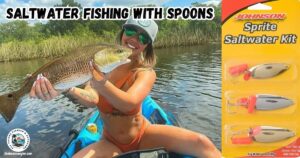
- Review Of The Daiwa Caldia MQ LT Spinning Reel
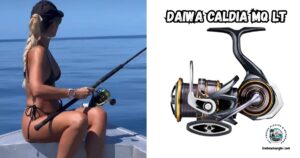
As always, stay safe, enjoy the journey and please try to leave it cleaner than you found it. If you have any comments, questions, ideas, or suggestions please leave them in the comment section below and I’ll get back to you ASAP. You can follow us on Facebook: Rex The Beach Angler, Instagram: thebeachangler7, Twitter: @AnglerBeach, and YouTube: Man Art Creations.
P.S. – Thanks so much for checking out our blog, we really appreciate it. Just so you know, we may receive a commission if you click on some of the links that appear on our site. This helps us keep our content free and up-to-date for everyone. We appreciate your support!
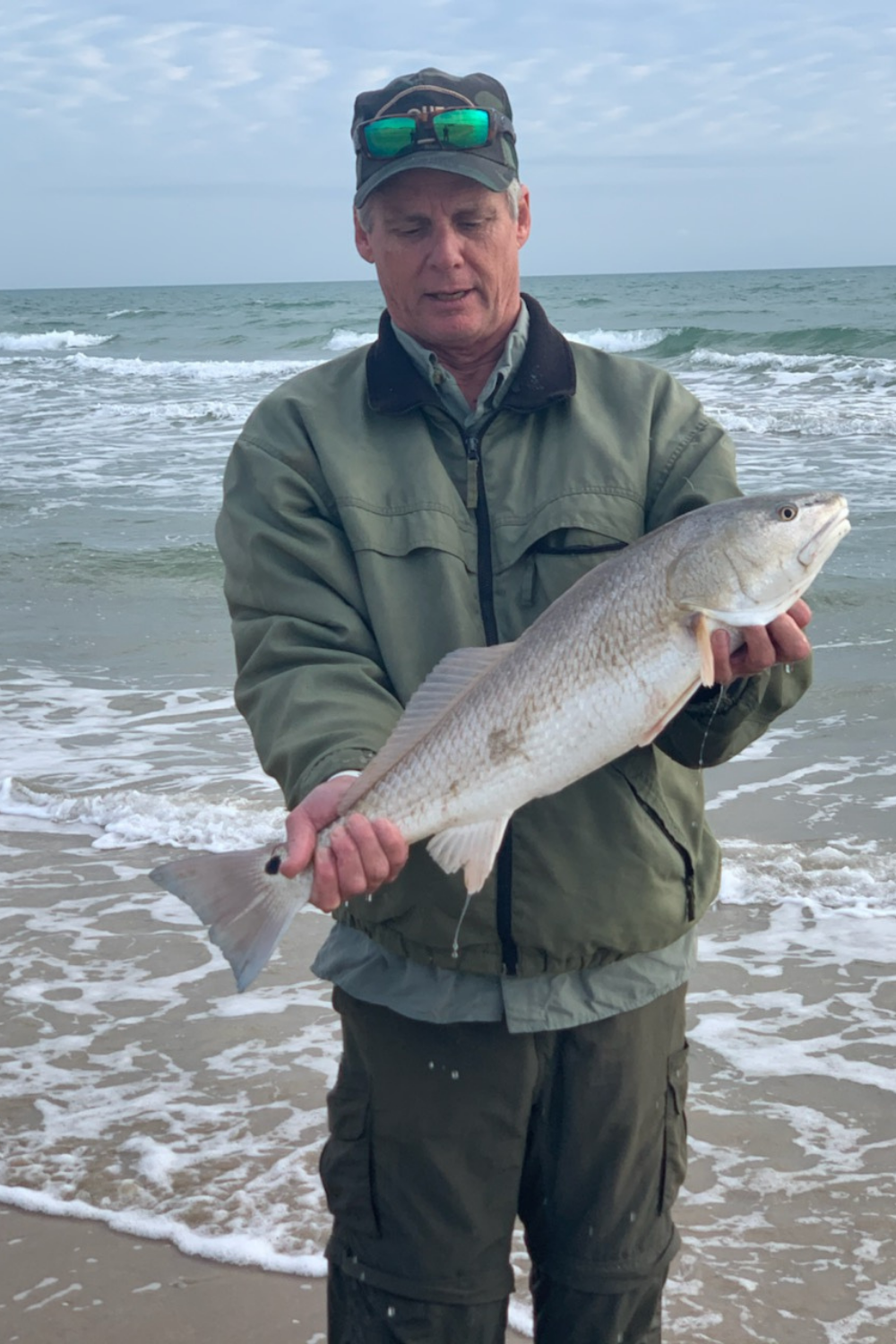
A life long surf fisherman with 50+ years of experience, I am also an avid hunter and outdoorsman. I will be sharing my passion for the outdoors with you so be prepared for hunting, fishing, camping, hiking and more. Along with gear reviews and the latest trends and innovations in the outdoor industry.
